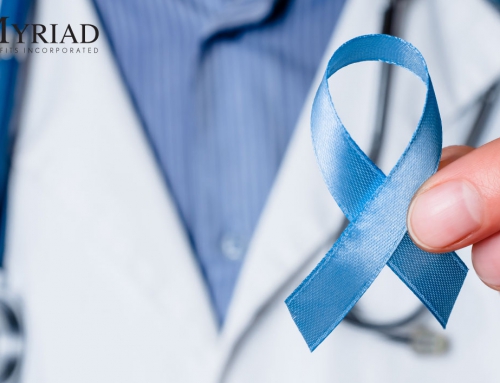Preventing cancer is possible. During the process, the person develops a healthier lifestyle that lets him/her enjoy quality of life. Cancer is a disease caused by changes in the genes that control the way the body’s cells grow and divide. Many things in our genes, our lifestyle, and our environment increase or reduce the risk of cancer. In their eagerness to stop the disease, scientists study various ways to prevent it. Likewise, they have identified the main factors that increase our risk of cancer. Learn about them and keep them from your life.
Cigarettes (photo) Smoking is the main cause of the following types of cancer: acute myelogenous leukemia, bladder, esophagus, lung, oral cavity, pancreas, and stomach.
Infections (virus photo) Some examples of cancerous viruses and bacteria are: Human Papilloma Virus (HPV) increases the risk of cervical, penile, vaginal, anal, and oropharyngeal cancer; Hepatitis B and C viruses increase the risk of liver cancer; and the Helicobacter pylori bacteria increases the risk of stomach cancer.
Radiation (photo) Exposure to ultraviolet radiation from the sun is the main cause of non-melanoma skin cancer. Likewise, ionizing radiation that is administered for medical reasons.
Immunosuppressive drugs after an organ transplant (photo) They diminish the body’s ability to prevent cancer from developing because it limits the body’s immune response.
Follow this measures and reduce the risk of cancer for you and your family:
- Protect yourself from the sun’s ultraviolet rays
- Don’t use tobacco or any of its byproducts
- Eat five vegetables and fruits a day
- Exercise regularly and maintain a healthy weight
- Get tested for early cancer detection
- Vaccinate your children against HPV
Even though early detection test cannot prevent cancer, they can help you detect it at an earlier stage, and thus easier to treat. Prevention saves lives and it is the best weapon we have against cancer. Consult your physician about early cancer detection tests and start beating cancer.
By: Tania Mangual-Monzón, BSHE, MS














